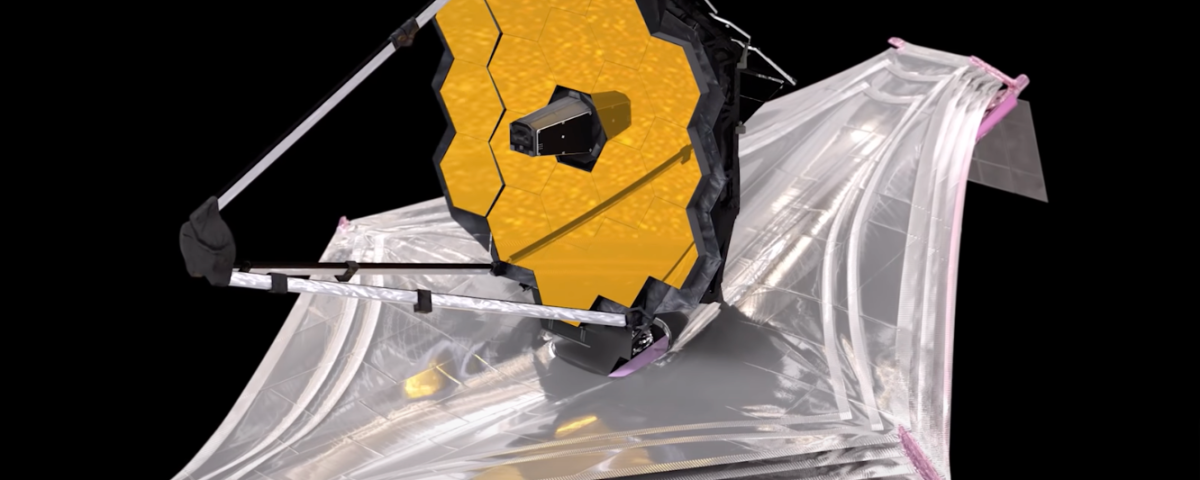
A Return to the Downside of Gift Giving
December 27, 2021
When Alphabetical Order Matters
December 29, 2021Asked to plan for the Webb telescope, a Space administrator said, “Ah, no, we can’t do that! We’re flat-out working on Hubble!” His boss replied, “Trust me, it’s going to take a long time.”
And it did.
Those two men had their talk during the 1980s. Webb launched Saturday morning:
The James Webb Telescope
Webb is Hubble’s successor. Its capabilities dwarf what its predecessor can do. Hubble pretty much sees the universe like you and me. Webb uses infrared. Because Webb is 100 times more powerful than Hubble, a Hubble image on a piece of paper needs a whole wall from Webb. The James Webb telescope will be able to look back at billions of years of space history to tell us more about the first galaxies.
From NASA, this is a Hubble picture of the Sombrero Galaxy. For now, we can only imagine what Webb would have revealed:

I thought you might enjoy (as did I) this minute of Webb’s sequential deployment:
Our Bottom Line: Sunk Costs
It all began in 1996 at $1 billion and a 2010 launch date. Delays and a decision for less complexity took them to $4.5 billion (yes, less is more) and a 2013 launch.
But then, in 2010, Congress realized it had been unrealistic about the timing and the cost. So, they projected $6.5 billion and 2015. They also capped spending at $8 billion. However, in 2017, NASA said it would take longer than expected. Adding to the delay, in 2018, they used the wrong cleaning solvent and really messed up.
Still, the later dates and cost overruns start to make sense when we think about the mind boggling devices they invented. They developed a cryo-cooler that (hopefully) will prevent overheating (really crucial when you are so close to the sun). Letting light enter, the micro-shutter array that they designed is the size of a postage stamp. Each of its 248,000 teeny windows is slightly larger than a human hair.
Happily, NASA paid attention to its sunk costs, something an economist might say to ignore. A sunk cost, what you have already spent, is not supposed to affect your judgement for the future. Instead cost and benefit analysis should look forward, not backward. NASA surely looked both ways and continued. And the rest of the story is history.
We could also say that even within NASA’s budget, $10 billion is small. And Canada and the EU (as co-collaborators) are paying a part of the tab too. You can see that at $22.2 billion, NASA gets less than 1% of federal spending:


As a budget item, NASA’s future spending for the telescope comes under the Science category (in a sub-component called Astrophysics):

My sources and more: The two different perspectives of The Atlantic and the NY Times made them ideal complements for learning about JWST. Beyond that, I would stick with The Atlantic and of course, NASA. Meanwhile, DATALAB is a handy go-to for federal spending as was the American Institute of Physics.
![econlifelogotrademarkedwebsitelogo[1]](/wp-content/uploads/2024/05/econlifelogotrademarkedwebsitelogo1.png#100878)




